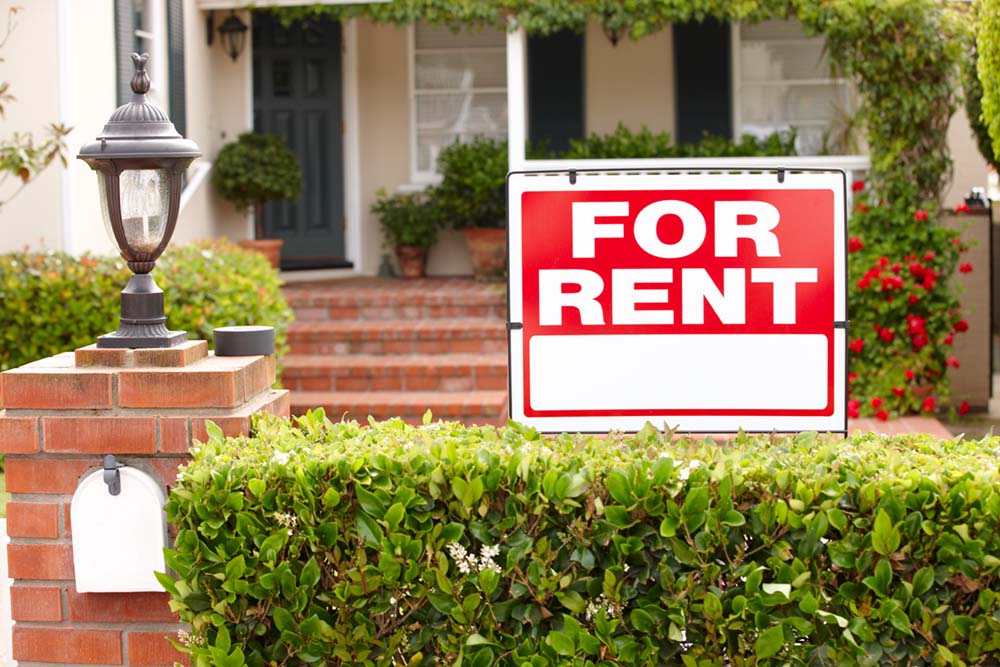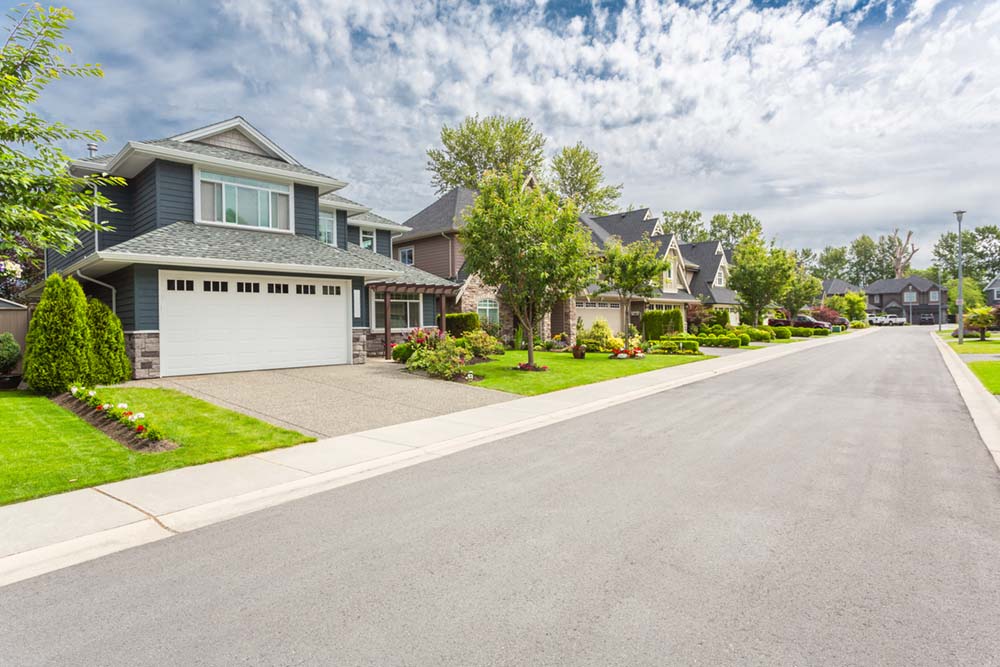Don’t Skip These Questions: What to Ask During a Home Showing

When you’re in the market for a new home, attending a home showing can be an exciting yet overwhelming experience. It’s easy to get swept away by beautiful interiors and scenic views, but remember to keep a level head. To make an informed decision, it’s crucial to ask the right questions during a home showing. Here’s a guide to the essential questions you should ask your realtor:
1. What Is the Home’s History?
Understanding a home’s past can reveal a lot about its future. Ask your realtor about:
- Previous owners: How many times has the home changed hands?
- Reason for selling: Why are the current owners moving out?
- Past issues: Were there any previous problems with the home, such as structural issues or repairs?
2. What Is the Neighborhood Like?
The location of your new home is just as important as the house itself. Inquire about:
- Safety: What is the crime rate in the area? Are there neighborhood watch programs?
- Schools: Are there reputable schools nearby?
- Amenities: What kind of shopping, dining, and recreational facilities are available?
3. How Long Has the Property Been on the Market?
The time a home has been on the market can provide insights into potential issues or pricing.
- Market time: Has the home been on the market for an unusually long period?
- Price adjustments: Have there been any price reductions, and if so, why?
4. What Are the Estimated Utility Costs?
Understanding the cost of living in the home can help you plan your budget effectively.
- Utilities: What are the average monthly utility costs, including electricity, water, and gas?
- Taxes: How much are the property taxes, and have they increased recently?
5. Are There Any Planned Developments Nearby?
Future developments can impact your quality of life and the property’s value.
- Construction projects: Are there upcoming construction projects in the area?
- Zoning changes: Are there any expected changes in zoning laws that might affect the neighborhood?
6. What Are the Home’s Unique Features?
Every home has its unique features that could be potential selling points or deal breakers.
- Upgrades: Are there any recent upgrades or renovations?
- Energy efficiency: Is the home energy-efficient? Does it have solar panels or energy-saving appliances?
- Outdoor space: What does the outdoor space offer? Is there a yard, garden, or pool?
7. What Is Included in the Sale?
Clarify what is and isn’t included in the sale to avoid any surprises later.
- Appliances: Are major appliances like the refrigerator, washer, and dryer included?
- Furniture: Is any of the furniture part of the sale?
- Fixtures: Are light fixtures, curtains, or blinds included?
8. Are There Any Homeowners Association (HOA) Fees?
If the home is part of an HOA, you’ll need to consider additional costs and rules.
- HOA fees: How much are the monthly or annual fees?
- Rules and regulations: What are the community rules you’ll need to follow?
9. What Are the Potential Resale Value and Market Trends?
Understanding the investment potential of the property is vital for your financial planning.
- Appreciation: How has the property value changed over time?
- Market trends: What are the current real estate market trends in the area?
10. Can We Conduct a Home Inspection?
A thorough home inspection is crucial to uncover potential issues before closing the deal.
- Inspection reports: Are there any existing inspection reports available?
- Inspection contingencies: Can you include a home inspection as a contingency in your offer?
Final Thoughts
Buying a home is one of the most significant investments you’ll ever make, so it’s essential to gather as much information as possible. Asking these key questions during a home showing will not only help you understand the property better but also empower you to make an informed decision. Remember, a good realtor will be more than happy to provide detailed answers and guide you through the process. Happy house hunting!
Compliments of Virtual Results




 In the rapidly evolving landscape of real estate, technology continues to revolutionize the way we buy and sell homes. One of the most transformative innovations in recent years has been the advent of virtual home tours. These digital experiences allow prospective buyers to explore properties from the comfort of their own homes, offering convenience, flexibility, and a new level of immersion in the home buying process.
In the rapidly evolving landscape of real estate, technology continues to revolutionize the way we buy and sell homes. One of the most transformative innovations in recent years has been the advent of virtual home tours. These digital experiences allow prospective buyers to explore properties from the comfort of their own homes, offering convenience, flexibility, and a new level of immersion in the home buying process. In today’s real estate market, a growing number of home buyers are prioritizing sustainability and eco-friendliness in their purchasing decisions. As awareness about environmental issues increases, so does the demand for homes that align with eco-conscious values. If you’re looking to sell your home to environmentally aware buyers, it’s crucial to showcase the sustainable features and practices your property offers. Here are some smart ways to impress eco-conscious home buyers and make your home stand out in the market.
In today’s real estate market, a growing number of home buyers are prioritizing sustainability and eco-friendliness in their purchasing decisions. As awareness about environmental issues increases, so does the demand for homes that align with eco-conscious values. If you’re looking to sell your home to environmentally aware buyers, it’s crucial to showcase the sustainable features and practices your property offers. Here are some smart ways to impress eco-conscious home buyers and make your home stand out in the market. Your home is a reflection of your personality, and its interior design plays a crucial role in creating a space that is not only aesthetically pleasing but also functional and comfortable. If you’re looking to elevate your home’s interior design, consider these expert tips that will transform your living space into a haven of style and sophistication.
Your home is a reflection of your personality, and its interior design plays a crucial role in creating a space that is not only aesthetically pleasing but also functional and comfortable. If you’re looking to elevate your home’s interior design, consider these expert tips that will transform your living space into a haven of style and sophistication.
 In a world where bigger often seems better, the concept of downsizing your home might not immediately spark excitement. However, as lifestyles evolve and priorities shift, many individuals are finding immense value in embracing a simpler and more efficient way of living. In this blog, we’ll explore the numerous benefits of downsizing your home, ranging from financial advantages to enhanced well-being.
In a world where bigger often seems better, the concept of downsizing your home might not immediately spark excitement. However, as lifestyles evolve and priorities shift, many individuals are finding immense value in embracing a simpler and more efficient way of living. In this blog, we’ll explore the numerous benefits of downsizing your home, ranging from financial advantages to enhanced well-being. As the chill of winter begins to fade away, homeowners with aspirations of selling their properties find themselves at the doorstep of an exciting season for real estate – spring. With nature in full bloom and the housing market coming to life, spring offers a perfect backdrop to showcase your home’s potential. In this blog post, we’ll guide you through the essential steps to ensure your house is ready for a spring listing, maximizing its appeal and attracting potential buyers.
As the chill of winter begins to fade away, homeowners with aspirations of selling their properties find themselves at the doorstep of an exciting season for real estate – spring. With nature in full bloom and the housing market coming to life, spring offers a perfect backdrop to showcase your home’s potential. In this blog post, we’ll guide you through the essential steps to ensure your house is ready for a spring listing, maximizing its appeal and attracting potential buyers. When it comes to diving into the world of real estate, there’s a whole glossary of terms to navigate. Two terms that often get mixed up are “title” and “deed.” While they both play crucial roles in the real estate game, they aren’t exactly two peas in a pod. Let’s break down the differences between title and deed in the laid-back style you’d expect from your favorite real estate pal.
When it comes to diving into the world of real estate, there’s a whole glossary of terms to navigate. Two terms that often get mixed up are “title” and “deed.” While they both play crucial roles in the real estate game, they aren’t exactly two peas in a pod. Let’s break down the differences between title and deed in the laid-back style you’d expect from your favorite real estate pal. In the realm of real estate, creating an eco-friendly home isn’t just about reducing your carbon footprint — it can also enhance property value, decrease utility costs, and contribute to a healthier environment. Here are some practical steps to save energy and reduce waste, turning your home into a sustainable haven.
In the realm of real estate, creating an eco-friendly home isn’t just about reducing your carbon footprint — it can also enhance property value, decrease utility costs, and contribute to a healthier environment. Here are some practical steps to save energy and reduce waste, turning your home into a sustainable haven.


 Catch Our Feed
Catch Our Feed Subscribe via Email
Subscribe via Email Follow Our Tweets
Follow Our Tweets Friend Us On Facebook
Friend Us On Facebook Watch Us On Youtube
Watch Us On Youtube